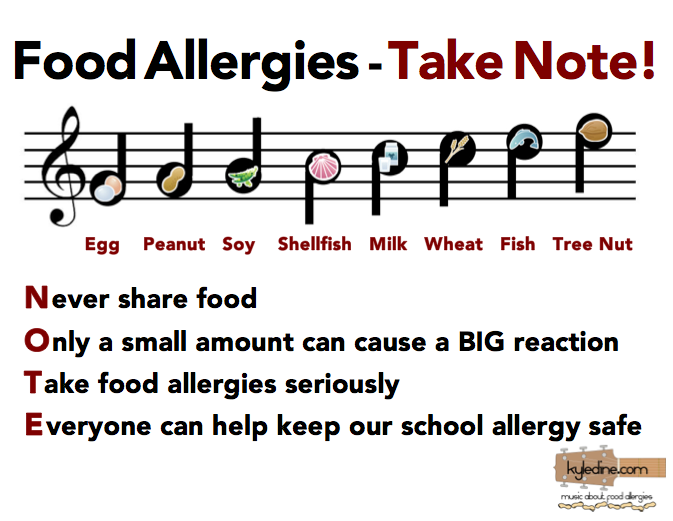Food allergy—a common problem affecting about 8% of children and adolescents—greatly impacts the daily life of those affected and particularly impairs quality of life since it involves the immune system. With a food allergy, even a microscopic amount of the food has the potential to lead to a serious or life-threatening reaction called anaphylaxis. Cow’s milk, eggs, and wheat are staple foods in many diets, making them difficult and likely costly to avoid. Direct and indirect societal costs relating to pediatric food allergy in the United States have been estimated at nearly 25 billion USD.

Food intolerance or food sensitivity occurs when a person has difficulty digesting a particular food. This can lead to symptoms such as intestinal gas, abdominal pain or diarrhea. Food intolerance is sometimes confused with or mislabeled as a food allergy. Food intolerances involve the digestive system.

If a food allergy is shown, our staff will go over certain precautions the patient can take to actually decrease the amount of allergy-causing triggers in their immediate environment. Patient education and understanding of foods that may contain life threatening allergens is an important aspect in avoidance. Reading food labels for prevention of ingesting the known allergen, and having an emergency plan in place in case of accidental ingestion is essential in patient care.


